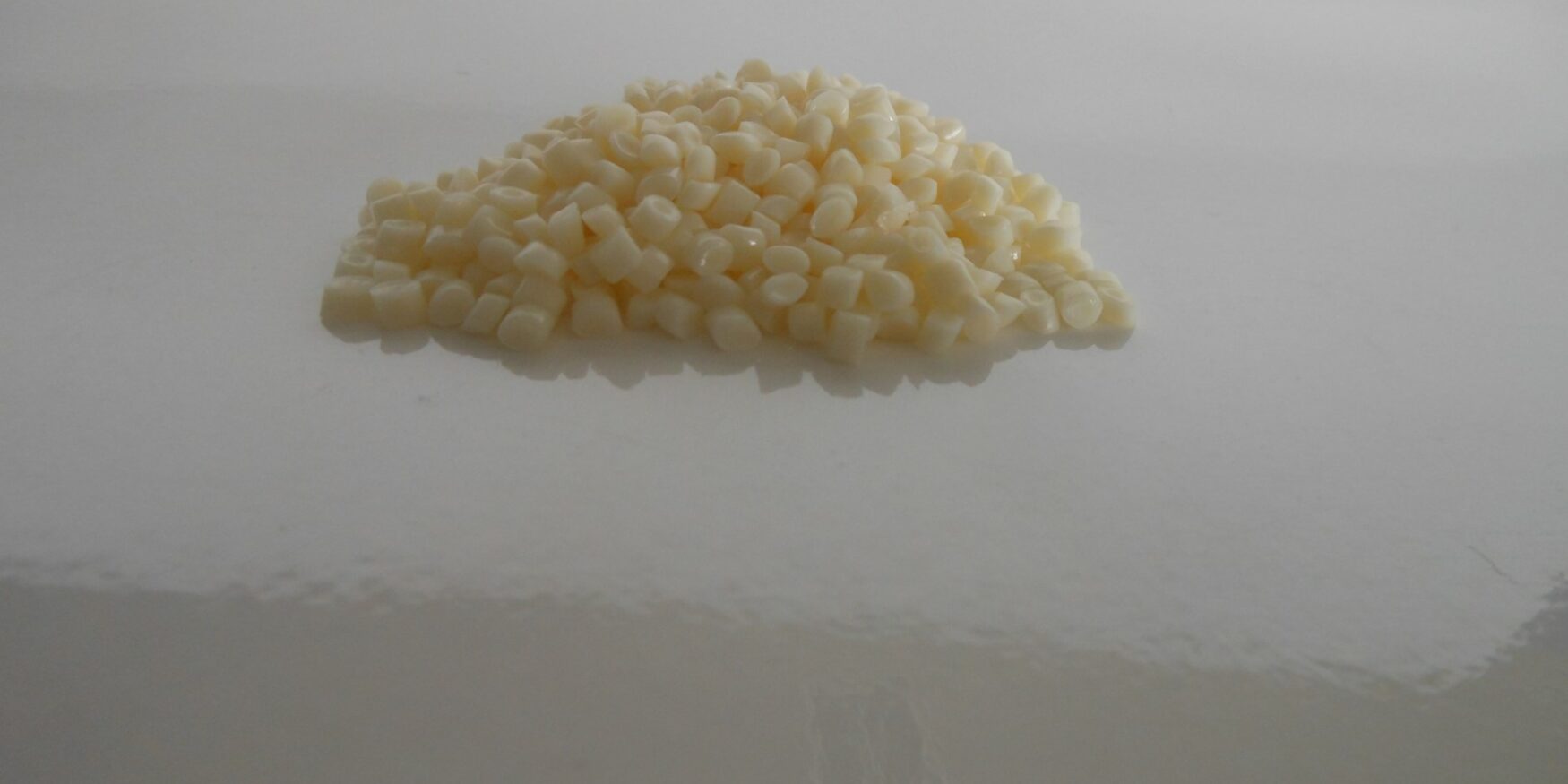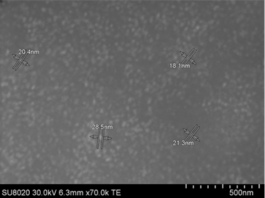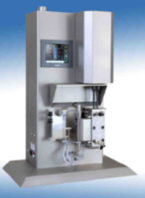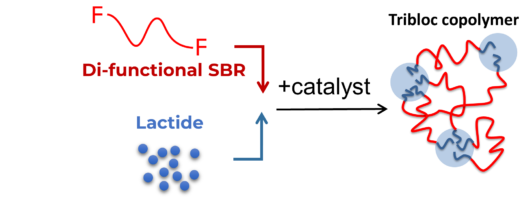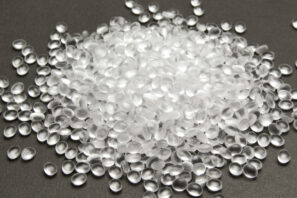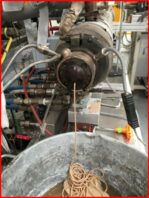Thermoplastic Elastomers (TPE)
Thermoplastic elastomers (TPEs) are a class of copolymers that exhibit both thermoplastic and elastomeric properties due to their thermoplastic and rubbery phases.
Unlike most elastomers, which are thermosets, TPEs are relatively easy to use in manufacturing and can be reprocessed using conventional plastics equipment and processes such as extrusion and injection molding. Because of their ability to be reshaped, TPEs can be recycled like thermoplastics.
In the framework of a development with an industrial partner, we have undertaken the synthesis of a TPE by reactive extrusion, without the use of solvents or nanoparticles. More precisely, the work consisted in developing the synthesis of a PLA-SBR-PLA triblock copolymer. This synthesis was carried out starting from lactide and a di-functional poly(styrene-co-butadiene). The SBR blocks play the role of the soft part while the PLA plays the role of the rigid block (Hard), in substitution of the nanosilicas usually used in this type of elastomers.
The effect of the operating conditions was first evaluated on a recirculating microextruder, on the microstructure of the synthesized copolymers (size of the PLA domains) and their properties. Several parameters were modified: mass ratio of reactants (poly(styrene-co-butadiene)/Lactide), molar mass of poly(styrene-co-butadiene), catalyst concentration, extruder screw speed, reactant introduction methodology.
Development is continuing in a continuous twin screw extruder at a production rate of 1 kg/minute.
The use of a difunctional SBR is very important to avoid a phase separation between the two polymers and to create strong bonds between the two phases. Under these conditions, PLA domains with sizes below 100 nm or even 50 nm are obtained. They act as physical cross-linking points and allow the material to have good mechanical properties, in particular an elongation at break at 22°C higher than 500%. By way of comparison, the synthesis carried out with a non-functional SBR results in the formation of a material with low elongations at break (less than 30% at 22°C).
Our strengths :
- Materia Nova has a fleet of extruders adapted to reactive extrusion, which allows it to scale up progressively to carry out grafting, chain extension or polymerization reactions, on a few tens of grams, hundreds of grams to a few kilograms. These extruders are equipped with accessories allowing the dosing of different reagents in liquid or powder form.
- Thanks to its range of analyses and structural, thermal, morphological, mechanical, biodegradation, bio-resorption and fire characterizations, Materia Nova can cover the entire development chain for composites with one or more properties.
- The development of sustainable materials is a major axis of development at Materia Nova. We put our expertise at the service of companies to help them develop their own solutions.
